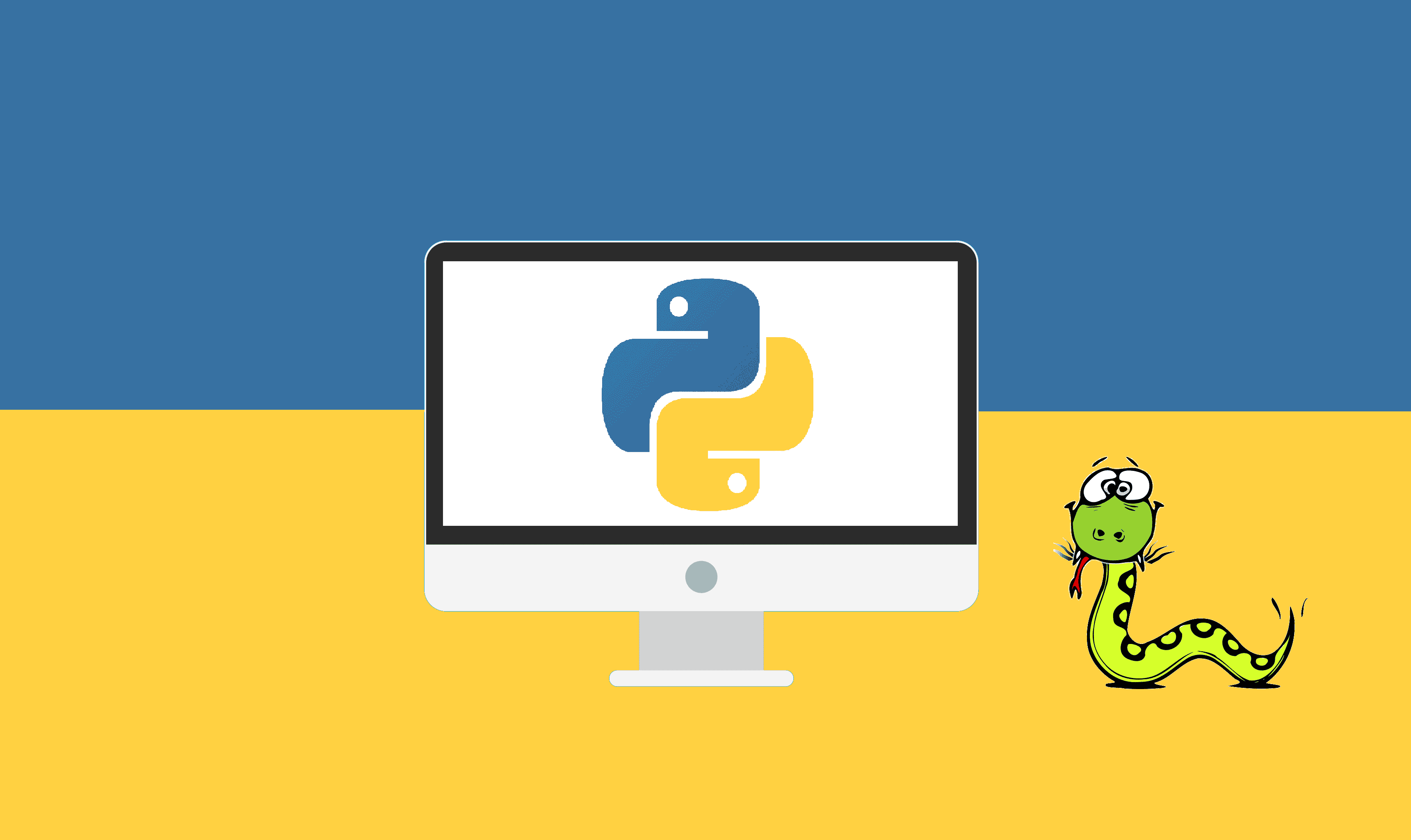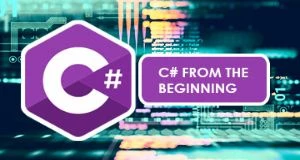This plan includes
- Instant access to 11,000+ online courses
- Play & Pause Course Videos
 HD Video Recorded Lectures
HD Video Recorded Lectures- Learn on Mobile/PC/Tablet
- Quizzes and Real Projects
- Lifetime Course Certificate
- Instructor Chat Support
- Cancel Plan Anytime
What you'll learn?
- Learn the latest Spring Framework 4.x in detail with code examples
- You will learn how to debug, test and run Spring Framework applications
- Understand Dependency Injection
- Use Java & XML Application Context
- Understand Spring AOP
- Understand Spring JDBC
- Code unit tests using JUnit with Spring Framework
- Understand Basics of Spring MVC
Course Overview
A quick introduction to the Spring framework. Discover how to wire Java objects using Spring and dependency injection.
You'll learn how to set up your system for Spring development, how to use Maven and how to write testable code with Spring.
All code belonging to the course is in Github.
We take a focused approach taking a deep dive into most important and common Spring features.
During this tutorial, we discuss these features with examples
Spring Container, Dependency, and IOC (Inversion of Control)
Aspect Oriented Programming
JDBC
Unit Testing with JUnit
Dependency Management with Maven
By the end of this course, you will be able to
Understand the fundamentals of the Java Spring framework
Understand What the Spring framework is for
Develop Java Applications, the Spring way
Pre-requisites
- Attitude to learn while having fun :)
- Basic Java programming knowledge and enthusiasm to learn the latest Spring Framework 4.x
- Some acquaintance with XML is helpful
- Knowledge of simple SQL queries
Target Audience
- Students who want to learn the basics of Spring Framework with Hands-on examples
Curriculum 127 Lectures 12:02:16
-
Section 1 : Welcome to Spring Framework Master Class
-
Section 2 : Quick Introduction to Spring Framework
- Lecture 1 :
- Quick Introduction to Spring Framework
-
Section 3 : Spring Master Class - Level 1 to Level 6 - Course Overview, Github & More….
- Lecture 1 :
- Spring Framework Master Class - Overview
-
Section 4 : Spring Level 1 - Introduction to Spring Framework in 10 Steps
- Lecture 1 :
- Section Introduction - Spring Framework in 10 Steps
- Lecture 2 :
- Step 1 - Setting up a Spring Project using htttp://start.spring.io
- Lecture 3 :
- Step 2 - Understanding Tight Coupling using the Binary Search Algorithm Example
- Lecture 4 :
- Step 3 - Making the Binary Search Algorithm Example Loosely Coupled
- Lecture 5 :
- Step 4 - Using Spring Framework to Manage Dependencies - @Component, @Autowired
- Lecture 6 :
- Step 5 - What is happening in the background?
- Lecture 7 :
- Step 6 - Dynamic auto wiring and Troubleshooting - @Primary Fastest Approach to
- Lecture 8 :
- Step 7 - Constructor and Setter Injection
- Lecture 9 :
- Step 8 - Spring Modules
- Lecture 10 :
- Step 9 - Spring Projects
- Lecture 11 :
- Step 10 - Why is Spring Popular?
-
Section 5 : Spring Level 2 - Spring Framework in Depth
- Lecture 1 :
- Section Introduction - Spring Framework in Depth
- Lecture 2 :
- Step 11 - Dependency Injection - A few more examples
- Lecture 3 :
- Step 12 - Autowiring in Depth - by Name and @Primary
- Lecture 4 :
- Step 13 - Autowiring in Depth - @Qualifier annotation
- Lecture 5 :
- Step 14 - Scope of a Bean - Prototype and Singleton
- Lecture 6 :
- Step 15 - Complex Scope Scenarios of a Spring Bean - Mix Prototype and Singleton
- Lecture 7 :
- Step 15B - Difference Between Spring Singleton and GOF Singleton
- Lecture 8 :
- Step 16 - Using Component Scan to scan for beans
- Lecture 9 :
- Step 17 - Lifecycle of a Bean - @PostConstruct and @PreDestroy
- Lecture 10 :
- Step 18 - Container and Dependency Injection (CDI) - @Named, @Inject Ignore SLF4
- Lecture 11 :
- Step 19 - Removing Spring Boot in Basic Application
- Lecture 12 :
- Step 20 - Fixing minor stuff - Add Logback and Close Application Context
- Lecture 13 :
- Step 21 - Defining Spring Application Context using XML - Part 1
- Lecture 14 :
- Step 22 - Defining Spring Application Context using XML - Part 2
- Lecture 15 :
- Step 23 - Mixing XML Context with Component Scan for Beans defined with Annotati
- Lecture 16 :
- Step 24 - IOC Container vs Application Context vs Bean Factory
- Lecture 17 :
- Step 25 - @Component vs @Service vs @Repository vs @Controller
- Lecture 18 :
- Step 26 - Read values from external properties file
-
Section 6 : Basic Tools and Frameworks - JUnit in 5 Steps
- Lecture 1 :
- Section Introduction - JUnit in 5 Steps
- Lecture 2 :
- Step 1 : What is JUnit and Unit Testing?
- Lecture 3 :
- Step 2 : First JUnit Project and Green Bar
- Lecture 4 :
- Step 3 : First Code and First Unit Test
- Lecture 5 :
- Step 4 : Other assert methods
- Lecture 6 :
- Step 5 : Important annotations
-
Section 7 : Basic Tools and Frameworks - Mockito in 5 Steps
- Lecture 1 :
- Section Introduction - Mockito in 5 Steps
- Lecture 2 :
- Step 1 : Setting up an example using http://start.spring.io.
- Lecture 3 :
- Step 2 : Using a Stubs - Disadvantages
- Lecture 4 :
- Step 3 : Your first mock with Mockito
- Lecture 5 :
- Step 4 : Using Mockito Annotations - @Mock, @InjectMocks, @RunWith
- Lecture 6 :
- Step 5 : Mocking List interface
-
Section 8 : Spring Level 3 - Unit Testing with Spring Framework
- Lecture 1 :
- Section Introduction - Unit Testing with Spring Framework
- Lecture 2 :
- Step 27 - Spring Unit Testing with a Java Context
- Lecture 3 :
- Spring Unit Testing with an XML Context
- Lecture 4 :
- Spring Unit Testing with Mockito
-
Section 9 : Spring Level 4 - Spring Boot in 10 Steps
- Lecture 1 :
- Section Introduction - Spring Boot in 10 Steps
- Lecture 2 :
- Step 1 : Introduction to Spring Boot - Goals and Important Features
- Lecture 3 :
- Step 2 : Developing Spring Applications before Spring Boot
- Lecture 4 :
- Step 3 : Using Spring Initializr to create a Spring Boot Application
- Lecture 5 :
- Step 4 : Creating a Simple REST Controller
- Lecture 6 :
- Step 5 : What is Spring Boot Auto Configuration?
- Lecture 7 :
- Step 6 : Spring Boot vs Spring vs Spring MVC
- Lecture 8 :
- Step 7 : Spring Boot Starter Projects - Starter Web and Starter JPA
- Lecture 9 :
- Step 8 : Overview of different Spring Boot Starter Projects
- Lecture 10 :
- Step 9 : Spring Boot Actuator
- Lecture 11 :
- Step 10 : Spring Boot Developer Tools
-
Section 10 : Spring Level 5 - Spring AOP
- Lecture 1 :
- Section Introduction - Spring AOP
- Lecture 2 :
- Step 01 - Setting up AOP Example - Part 1
- Lecture 3 :
- Step 02 - Setting up AOP Example - Part 2
- Lecture 4 :
- Step 03 - Defining an @Before advice
- Lecture 5 :
- Step 04 - Understand AOP Terminology - Pointcut, Advice, Aspect and Join Point
- Lecture 6 :
- Step 05 - Using @After, @AfterReturning, @AfterThrowing advices
- Lecture 7 :
- Step 06 - Using @Around advice to implement performance tracing
- Lecture 8 :
- Step 07 - Best Practice : Use common Pointcut Configuration
- Lecture 9 :
- Step 08 - Quick summary of other Pointcuts
- Lecture 10 :
- Step 09 - Creating Custom Annotation and an Aspect for Tracking Time
-
Section 11 : Spring Level 6 - Interacting with Databases - Spring JDBC, JPA and Spring Data
- Lecture 1 :
- Section Introduction - Spring JDBC, JPA and Spring Data
- Lecture 2 :
- Step 01 - Setting up a project with JDBC, JPA, H2 and Web Dependencies
- Lecture 3 :
- Step 02 - Launching up H2 Console
- Lecture 4 :
- Step 03 - Creating a Database Table in H2
- Lecture 5 :
- Step 04 - Populate data into Person Table
- Lecture 6 :
- Step 05 - Implement findAll persons Spring JDBC Query Method
- Lecture 7 :
- Step 06 - Execute the findAll method using CommandLineRunner
- Lecture 8 :
- Step 07 - A Quick Review - JDBC vs Spring JDBC
- Lecture 9 :
- Step 08 - Whats in the background? Understanding Spring Boot Autoconfiguration
- Lecture 10 :
- Step 09 - Implementing findById Spring JDBC Query Method
- Lecture 11 :
- Step 10 - Implementing deleteById Spring JDBC Update Method
- Lecture 12 :
- Step 11 - Implementing insert and update Spring JDBC Update Methods
- Lecture 13 :
- Step 12 - Creating a custom Spring JDBC RowMapper
- Lecture 14 :
- Step 13 - Quick introduction to JPA
- Lecture 15 :
- Step 14 - Defining Person Entity
- Lecture 16 :
- Step 15 - Implementing findById JPA Repository Method
- Lecture 17 :
- Step 16 : Implementing insert and update JPA Repository Methods
- Lecture 18 :
- Step 17 - Implementing deleteById JPA Repository Method
- Lecture 19 :
- Step 18 - Implementing findAll using JPQL Named Query
- Lecture 20 :
- Step 19 - Introduction to Spring Data JPA
- Lecture 21 :
- Step 20 - Connecting to Other Databases
-
Section 12 : Quick Preview - Web Applications With Spring MVC
- Lecture 1 :
- Section Introduction - Basic Web Application
- Lecture 2 :
- Step 01 : Setting up Your First Java Web Application
- Lecture 3 :
- Step 01 : Theory 1 - Maven and Magic
- Lecture 4 :
- Step 01 : Theory 2 - What is a Servlet?
- Lecture 5 :
- Step 01 : Theory 3 - Web Application Request Flow
- Lecture 6 :
- Step 01 : Theory 4 - Understand Your First Servlet - LoginServlet
- Lecture 7 :
- Step 02 : Create LoginServlet From Scratch Again and Your First View
- Lecture 8 :
- Step 02 : Theory - Play Time - Let's Try Breaking Things
- Lecture 9 :
- Step 03 : Passing Request Parameters using Get Method
- Lecture 10 :
- Step 03 : Theory - Introduction and End to Scriptlets
- Lecture 11 :
- Step 04 : Disadvantages of Get Parameters
- Lecture 12 :
- Step 05 : Your First Post Request
- Lecture 13 :
- Step 06 : Your First Servlet doPost Method
- Lecture 14 :
- Step 07 : Lets Add a Password Field
- Lecture 15 :
- Step 10 : Setting up Maven,Tomcat and Simple JEE Application
- Lecture 16 :
- Step 11 : Setting up Spring MVC with 4 mini steps
- Lecture 17 :
- Step 12 : Your First Spring MVC Controller
- Lecture 18 :
- Step 13 : Part 1 - Your First Spring MVC View : ViewResolver
- Lecture 19 :
- Step 13 : Part 2 - Theory Break - Spring MVC Architecture
- Lecture 20 :
- Step 13 : Part 3 - Play Break - Try Breaking Things
- Lecture 21 :
- Step 14 : Add Logging Framework Log4j
- Lecture 22 :
- Step 15 : Redirect to Welcome Page : ModelMap and @RequestParam
- Lecture 23 :
- Step 16 : Use LoginService to Authenticate
- Lecture 24 :
- Step 17 : Spring Autowiring and Dependency Injection
-
Section 13 : Basic Tools and Frameworks - Eclipse in 5 Steps
- Lecture 1 :
- Section Introduction - Eclipse in 5 Steps
- Lecture 2 :
- Step 1 : Create a Java Project
- Lecture 3 :
- Step 2 : Keyboard Shortcuts
- Lecture 4 :
- Step 3 : Views and Perspectives
- Lecture 5 :
- Step 4 : Save Actions
- Lecture 6 :
- Step 5 : Code Generation
-
Section 14 : Basic Tools and Frameworks - Maven in 5 Steps
- Lecture 1 :
- Section Introduction - Maven in 5 Steps
- Lecture 2 :
- Step 1 : Creating and importing a Maven Project
- Lecture 3 :
- Step 2 : Understanding Project Object Model - pom.xml
- Lecture 4 :
- Step 3 : Maven Build Life Cycle
- Lecture 5 :
- Step 4 : How does Maven Work?
- Lecture 6 :
- Step 5 : Important Maven Commands
-
Section 15 : Congratulations
- Lecture 1 :
- Spring Master Class - Congratulations on Completing the Course
Our learners work at
Frequently Asked Questions
-
How do i access the course after purchase?
It's simple. When you sign up, you'll immediately have unlimited viewing of thousands of expert courses, paths to guide your learning, tools to measure your skills and hands-on resources like exercise files. There’s no limit on what you can learn and you can cancel at any time. -
Are these video based online self-learning courses?
Yes. All of the courses comes with online video based lectures created by certified instructors. Instructors have crafted these courses with a blend of high quality interactive videos, lectures, quizzes & real world projects to give you an indepth knowledge about the topic. -
Can i play & pause the course as per my convenience?
Yes absolutely & thats one of the advantage of self-paced courses. You can anytime pause or resume the course & come back & forth from one lecture to another lecture, play the videos mulitple times & so on. -
How do i contact the instructor for any doubts or questions?
Most of these courses have general questions & answers already covered within the course lectures. However, if you need any further help from the instructor, you can use the inbuilt Chat with Instructor option to send a message to an instructor & they will reply you within 24 hours. You can ask as many questions as you want. -
Do i need a pc to access the course or can i do it on mobile & tablet as well?
Brilliant question? Isn't it? You can access the courses on any device like PC, Mobile, Tablet & even on a smart tv. For mobile & a tablet you can download the Learnfly android or an iOS app. If mobile app is not available in your country, you can access the course directly by visting our website, its fully mobile friendly. -
Do i get any certificate for the courses?
Yes. Once you complete any course on our platform along with provided assessments by the instructor, you will be eligble to get certificate of course completion.
-
For how long can i access my course on the platform?
You require an active subscription to access courses on our platform. If your subscription is active, you can access any course on our platform with no restrictions. -
Is there any free trial?
Currently, we do not offer any free trial. -
Can i cancel anytime?
Yes, you can cancel your subscription at any time. Your subscription will auto-renew until you cancel, but why would you want to?
Instructor

506443 Course Views
7 Courses



 Tech & IT
Tech & IT
 Business
Business
 Coding & Developer
Coding & Developer
 Finance & Accounting
Finance & Accounting
 Academics
Academics
 Office Applications
Office Applications
 Art & Design
Art & Design
 Marketing
Marketing
 Health & Wellness
Health & Wellness
 Sounds & Music
Sounds & Music
 Lifestyle
Lifestyle
 Photography
Photography
























